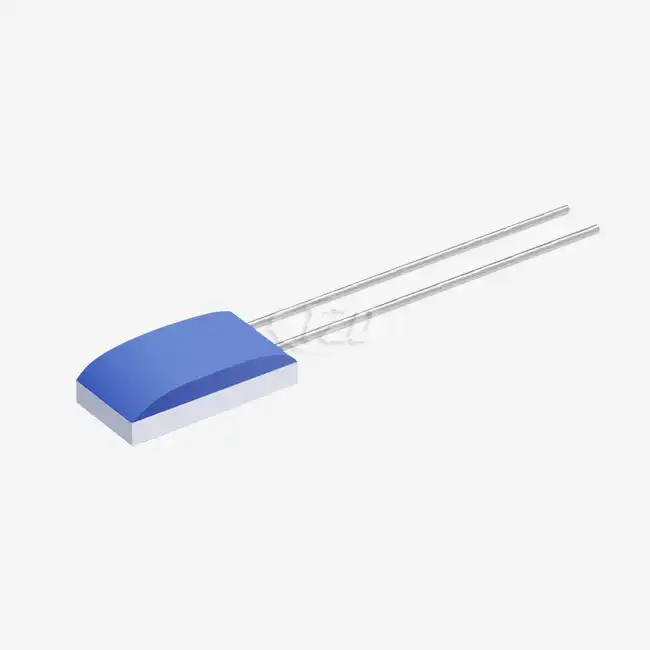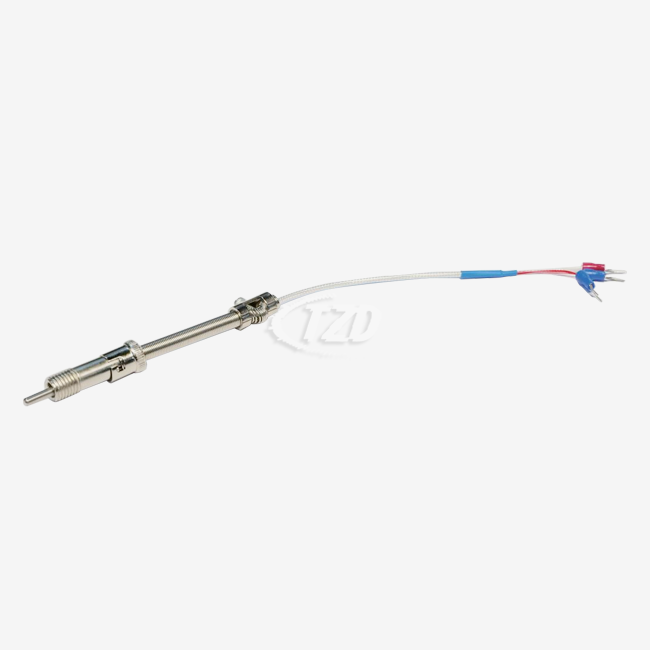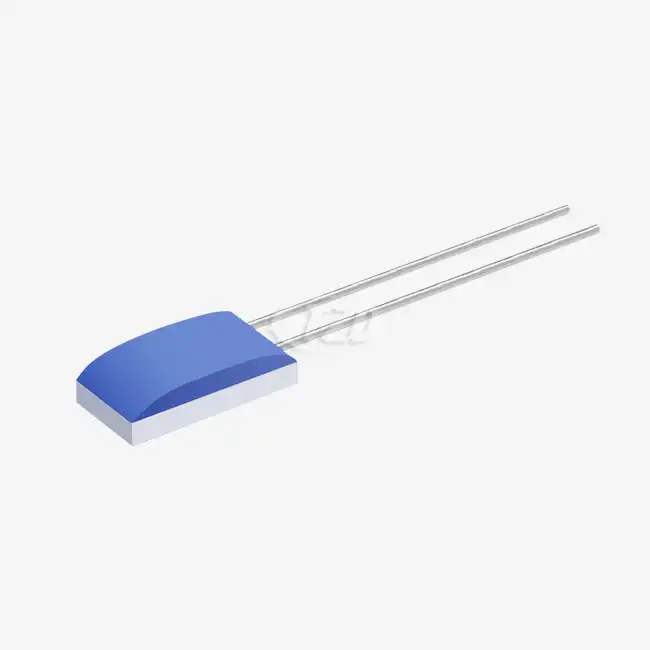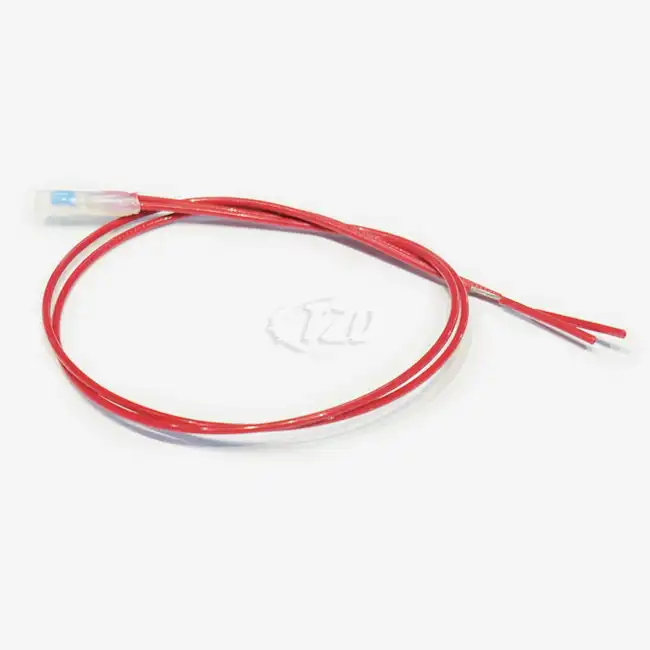- English
- French
- German
- Portuguese
- Spanish
- Russian
- Japanese
- Korean
- Arabic
- Greek
- German
- Turkish
- Italian
- Danish
- Romanian
- Indonesian
- Czech
- Afrikaans
- Swedish
- Polish
- Basque
- Catalan
- Esperanto
- Hindi
- Lao
- Albanian
- Amharic
- Armenian
- Azerbaijani
- Belarusian
- Bengali
- Bosnian
- Bulgarian
- Cebuano
- Chichewa
- Corsican
- Croatian
- Dutch
- Estonian
- Filipino
- Finnish
- Frisian
- Galician
- Georgian
- Gujarati
- Haitian
- Hausa
- Hawaiian
- Hebrew
- Hmong
- Hungarian
- Icelandic
- Igbo
- Javanese
- Kannada
- Kazakh
- Khmer
- Kurdish
- Kyrgyz
- Latin
- Latvian
- Lithuanian
- Luxembou..
- Macedonian
- Malagasy
- Malay
- Malayalam
- Maltese
- Maori
- Marathi
- Mongolian
- Burmese
- Nepali
- Norwegian
- Pashto
- Persian
- Punjabi
- Serbian
- Sesotho
- Sinhala
- Slovak
- Slovenian
- Somali
- Samoan
- Scots Gaelic
- Shona
- Sindhi
- Sundanese
- Swahili
- Tajik
- Tamil
- Telugu
- Thai
- Ukrainian
- Urdu
- Uzbek
- Vietnamese
- Welsh
- Xhosa
- Yiddish
- Yoruba
- Zulu
What is a Pt100 temperature sensing element?
A Pt100 temperature sensing element is a highly accurate and stable device used for precise temperature measurement. It consists of a platinum wire or thin film with a resistance of 100 ohms at 0°C, hence the name "Pt100". As temperature changes, the resistance of the platinum element varies in a predictable and repeatable manner, allowing for accurate temperature determination. Pt100 sensors are widely used in industrial, scientific, and medical applications due to their excellent stability, wide temperature range, and high accuracy.
The Fundamentals of Pt100 Temperature Sensing Elements
Composition and Design
Pt100 temperature sensing elements are typically constructed using thin film platinum resistance technology. These elements are meticulously designed to provide accurate and reliable temperature measurements across a wide range of applications. The core component is a thin film of platinum deposited on a ceramic substrate, with precise dimensions to ensure optimal performance.
The standard dimensions of these elements can vary, but common sizes include 2.0mm x 2.3mm x 1.0mm, 1.6mm x 2.0mm x 1.0mm, and 1.2mm x 2.0mm x 1.0mm. This compact design allows for integration into various temperature sensing devices and systems.
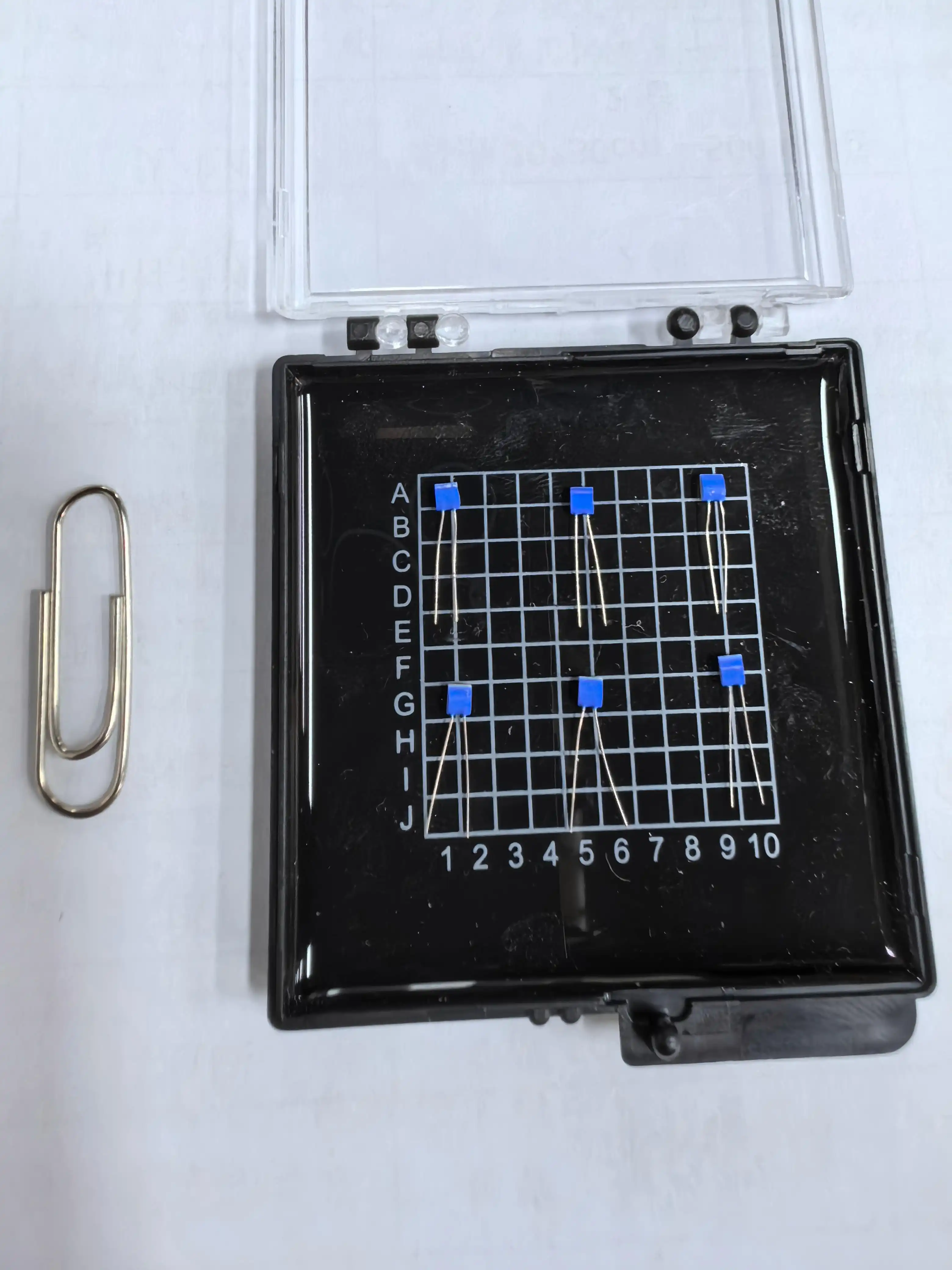
Lead Specifications and Materials
The leads of a Pt100 temperature sensing element play a crucial role in its functionality and durability. Typically, these leads are approximately 10 mm in length with a diameter of 0.2 mm. The lead material is often platinum-nickel wire, chosen for its excellent electrical conductivity and resistance to corrosion. However, alternative materials such as silver-palladium, pure platinum, or silver-nickel may be used depending on the specific application requirements.
The lead tensile strength is an important factor in ensuring the robustness of the sensor. A minimum tensile strength of 9 N is generally specified to withstand the stresses of installation and operation in various environments.
Electrical Characteristics
Pt100 temperature sensing elements are characterized by their specific electrical properties. The temperature coefficient of resistance (TCR) is a key parameter, typically around 3850 ppm/°C for platinum elements. This means that for every degree Celsius change in temperature, the resistance changes by 0.385%.
The operating current for these sensors is usually in the range of 0.3 to 1 mA. It's important to note that self-heating effects should be considered when selecting the operating current, as excessive current can lead to measurement errors.
Insulation resistance is another critical specification, with values typically around 100 MΩ at 20°C and remaining above 2 MΩ even at elevated temperatures of 500°C. This high insulation resistance ensures accurate measurements across a wide temperature range.
Performance Characteristics of Pt100 Temperature Sensing Elements
Accuracy and Stability
One of the standout features of Pt100 temperature sensing elements is their exceptional accuracy and long-term stability. These sensors comply with the IEC60751 standard, which defines the relationship between temperature and resistance for platinum resistance thermometers.
The accuracy of Pt100 elements can be as high as ±0.01 Ω, translating to temperature measurements with precision in the range of tenths or even hundredths of a degree Celsius. This level of accuracy makes them suitable for applications where precise temperature control is critical.
Long-term stability is another crucial aspect of Pt100 sensors. High-quality elements exhibit a resistance drift of ≤±0.04% after 1000 hours of operation at 500°C. This remarkable stability ensures reliable measurements over extended periods, even in harsh industrial environments.
Response Time and Self-Heating
The response time of a Pt100 temperature sensing element is a key factor in dynamic temperature measurement applications. In flowing media (V=0.4 m/s), these sensors can achieve a response time (t0.5) of just 0.05 seconds, with a t10 value of 0.15 seconds. In airflow conditions (V=2 m/s), the response times are slightly longer, with t0.5 = 3 seconds and t10 = 10 seconds.
Self-heating is an important consideration in temperature measurement. Pt100 elements typically have a self-heating coefficient of around 0.4°C/mW. This parameter helps in determining the appropriate excitation current to minimize measurement errors due to self-heating effects.
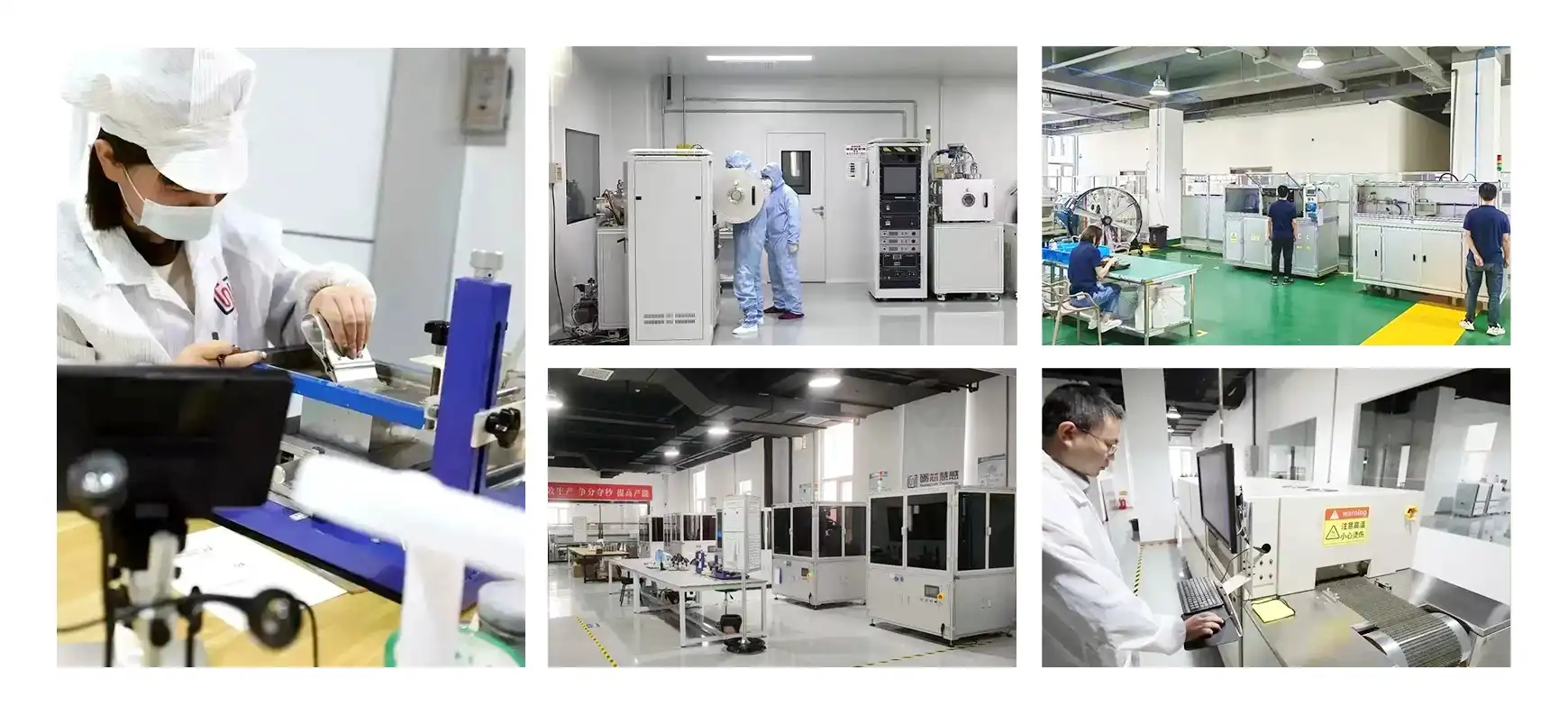
Environmental Resistance
Pt100 temperature sensing elements are designed to withstand challenging environmental conditions. They exhibit excellent vibration resistance, capable of enduring accelerations of ≥40g in the frequency range of 10 to 2000 Hz. This makes them suitable for applications in industrial machinery and automotive systems where vibrations are common.
Shock resistance is another notable feature, with these sensors able to withstand shock accelerations of ≥100g in the form of an 8 ms half-sine wave. This robustness ensures reliable operation even in environments prone to sudden impacts or movements.
Applications and Customization of Pt100 Temperature Sensing Elements
Industrial and Scientific Applications
Pt100 temperature sensing elements find extensive use in various industrial and scientific applications. Their wide temperature range, from -200°C to +850°C, makes them versatile for use in cryogenic systems, furnaces, and everything in between. Common applications include:
- Process control in chemical and petrochemical industries
- Food and beverage production
- Pharmaceutical manufacturing
- Environmental monitoring
- Laboratory equipment and scientific research
The high accuracy and stability of Pt100 sensors make them particularly valuable in applications where precise temperature control is critical for product quality or process efficiency.
Medical and Aerospace Applications
The medical field relies on Pt100 temperature sensing elements for various applications, including:
- Patient monitoring systems
- Sterilization equipment
- Medical imaging devices
- Blood and tissue storage units
In the aerospace industry, these sensors play a crucial role in:
- Engine temperature monitoring
- Environmental control systems
- Fuel temperature measurement
- De-icing systems
The ability of Pt100 sensors to withstand high vibrations and shocks makes them particularly suitable for these demanding applications.
Customization Options
To meet diverse application requirements, manufacturers offer various customization options for Pt100 temperature sensing elements. These include:
- Multiple size options ranging from 1.2mm to 4.0mm
- Choice of lead materials (platinum nickel, silver nickel, pure platinum)
- Custom packaging solutions
- Specific calibration for tighter accuracy requirements
- Integration with signal conditioning electronics
This flexibility allows engineers and designers to select or specify Pt100 elements that precisely match their application needs, ensuring optimal performance and reliability.
Conclusion
Pt100 temperature sensing elements represent a cornerstone in precision temperature measurement technology. Their combination of high accuracy, excellent stability, and robust construction makes them indispensable in a wide range of industrial, scientific, medical, and aerospace applications. As temperature measurement continues to play a critical role in various fields, the demand for these reliable and versatile sensors is likely to grow.
For those seeking high-quality Pt100 temperature sensing elements or looking to explore custom solutions for specific applications, expert manufacturers like Xi'an Tongzida Technology Co., Ltd. offer comprehensive support and products. With their advanced thin film technology and adherence to international standards, they provide sensors that meet the most demanding requirements across various industries. For more information or to discuss your specific temperature sensing needs, don't hesitate to reach out to their team at sales11@xatzd.com.
References
1. Baker, B. C. (2018). Precision Temperature Sensing with RTD Circuits. Analog Devices Technical Article.
2. Childs, P. R. N., Greenwood, J. R., & Long, C. A. (2000). Review of temperature measurement. Review of Scientific Instruments, 71(8), 2959-2978.
3. International Electrotechnical Commission. (2008). IEC 60751:2008 Industrial platinum resistance thermometers and platinum temperature sensors.
4. McGee, T. D. (1988). Principles and Methods of Temperature Measurement. John Wiley & Sons.
5. Michalski, L., Eckersdorf, K., Kucharski, J., & McGhee, J. (2001). Temperature Measurement (2nd ed.). John Wiley & Sons.
Learn about our latest products and discounts through SMS or email
